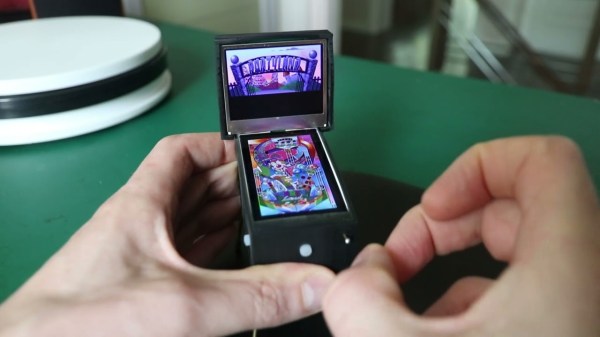[Morten] works very fast. He has already designed, fabbed, populated, and tested a breakout board for the new tiniest microcontroller on the market, and he’s even made a video about it, embedded below.
You might have heard about this new TI ARM Cortex MO micro on these very pages, where we asked you what you’d do with this grain-of-rice-sized chunk of thinking sand. (The number one answer was “sneeze and lose it in the carpet”.)
From the video, it looks like [Morten] would design a breakout board using Kicad 8, populate it, get it blinking, and then use its I2C lines to make a simple digital thermometer demo. In the video, he shows how he worked with the part, from making a custom footprint to spending quite a while nudging it into place before soldering it carefully down.
But he nailed it on the first try, and honestly it doesn’t look nearly as intimidating as we’d feared, mostly because of the two-row layout of the balls. It actually looks easy enough to fan out. Because you can’t inspect the soldering work underneath the chip, he broke out all of the lines to a header to make it quick to check for shorts between those tiny little balls. Smart.
We love to see people trying out the newest hotness. Let us know down in the comments what new parts you’re trying out.



















